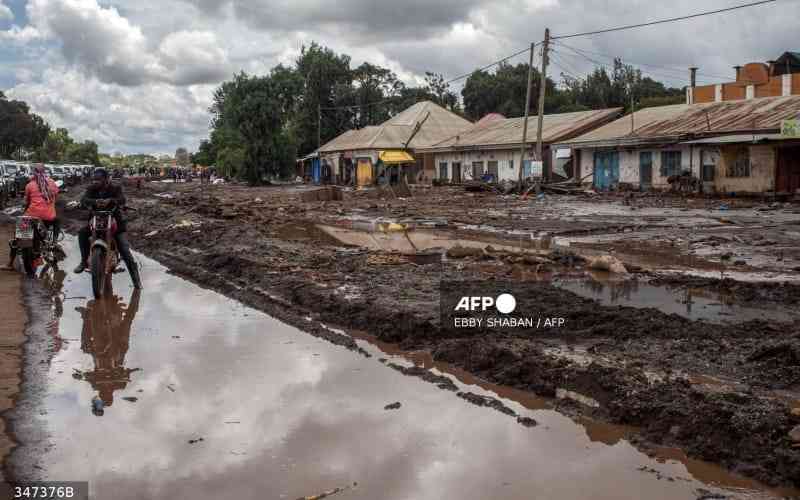By Kilemi Mwiria
I have the habit of seeing missed opportunities whenever I travel to the western world and Asia. This often translates into a depressing feeling of great loss. I had such a feeling after an educational trip to Australia’s Gold Coast, a relatively small tourist coastal city in the State of Queensland. I quickly thought of Mombasa, except that this is where similarity ended.
Mombasa was founded around 900 AD and received the first recorded tourist, Moroccan Ibn Battuta in 1131. One million people live there. Gold Coast is less than 50 years old and with a population of less than half a million.
Mombasa has other advantages over Gold Coast: superior beaches, great climate, complementary nearby national parks and historical sites such as Fort Jesus. Yet, Gold Coast welcomes 10 million tourists each year, more than five times what we receive as a country with a bigger reputation for tourism.
Gold Coast tourism business was planned and funded by the Queensland State government in partnership with the Gold Coast city council and private entrepreneurs.
Initial investments focused on transport infrastructure (airport, modern road and rail networks), shopping malls, hotels, theme parks, golf courses, casinos, an international conference centre, educational institutions and residential housing. These facilities have been mutually supportive in establishing Gold Coast as a preferred tourist destination for many Australians and foreigners.
To enhance tourism, every year 150,000 12th graders from all over Australia visit the city and an equal number descend there for the annual motor race competition. The theme parks are a great attraction to groups with children while the modern convention centre brings scholars who know they have enough entertainment options after their daily meetings. Youthful backpackers know they can find adequate and affordable accommodation.
In city entertainment joints, you get impressed by the blend of local inhabitants and visitors, contrary to the dominance of our beach hotels by foreign visitors and a few Kenyans, mainly sponsored to attend seminars.
In addition to boosting tourism, these visitors have been great catalysts to the growth of this small Australian city, initially only of interest to local tourists from nearby Brisbane. Meanwhile, the variety of activities available provides resources for further development and maintenance of existing structures.
On arrival at the airport, visitors have the choice of opting for an affordable, clean and efficient public transport system and enjoy the ride through a clean and orderly road network. Compare this to the time consuming hell that is the drive between Mombasa town and the airport, thanks to heavy truck and matatu traffic.
Mombasa’s full potential will not be achieved without a forward looking, open minded, accountable and private sector mentality type of leadership more focused on leaving behind an enduring legacy than reap personal monetary gain from plots and procurement tenders.
One hopes that with the new Constitution, such local leadership will be possible. Also needed would be a strong partnership with the central government for the improvement of infrastructure and a secure and clean investment environment. Without a doubt, our next super highway should target Mombasa.
The writer is MP for Tigania West and Assistant Minister for Higher Education, Science and Technology
Stay informed. Subscribe to our newsletter
 The Standard Group Plc is a
multi-media organization with investments in media platforms spanning newspaper
print operations, television, radio broadcasting, digital and online services. The
Standard Group is recognized as a leading multi-media house in Kenya with a key
influence in matters of national and international interest.
The Standard Group Plc is a
multi-media organization with investments in media platforms spanning newspaper
print operations, television, radio broadcasting, digital and online services. The
Standard Group is recognized as a leading multi-media house in Kenya with a key
influence in matters of national and international interest.
 The Standard Group Plc is a
multi-media organization with investments in media platforms spanning newspaper
print operations, television, radio broadcasting, digital and online services. The
Standard Group is recognized as a leading multi-media house in Kenya with a key
influence in matters of national and international interest.
The Standard Group Plc is a
multi-media organization with investments in media platforms spanning newspaper
print operations, television, radio broadcasting, digital and online services. The
Standard Group is recognized as a leading multi-media house in Kenya with a key
influence in matters of national and international interest.








